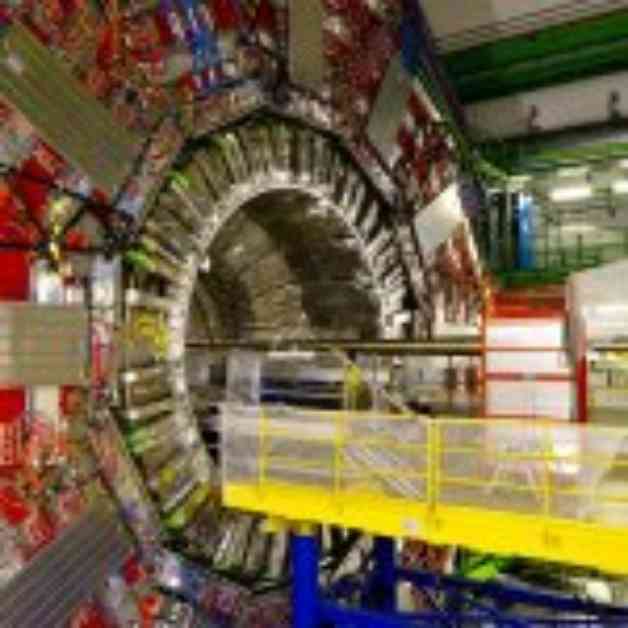Particle accelerators have long been essential tools in the field of physics, allowing scientists to study the fundamental building blocks of matter and the forces that govern them. However, traditional particle accelerators have limitations such as high costs and large space requirements.
A recent breakthrough in muon cooling technology by the MICE collaboration researchers has paved the way for the development of more efficient and cost-effective particle accelerators. Muons, which are similar to electrons but with a much greater mass, offer several advantages over ions, protons, and electrons when used in particle accelerators.
The key challenge has been to find a practical way to use muons as a beam within a particle accelerator, as they are highly unstable and decay quickly. The researchers have now discovered a method to increase the density and location of muons in a beam, making them easier to control and collide in a particle accelerator.
By cooling the muon beams, the researchers were able to decrease the space they occupy, align them more effectively, and increase the concentration of the beam. This breakthrough opens up new possibilities for the development of muon accelerators, which offer advantages such as higher discovery reach and lower costs compared to traditional particle accelerators like the Large Hadron Collider.
While there is still work to be done in developing an effective cooling system for future muon accelerators, this breakthrough represents a significant step towards turning muon accelerators from a theoretical concept into reality. The study detailing this breakthrough has been published in the journal Nature Physics.
The MICE collaboration, comprising hundreds of scientists from around the world, is dedicated to advancing the field of particle physics through the development of muon accelerators. With their innovative research and dedication, the MICE team is pushing the boundaries of what is possible in the world of particle physics.
As we look towards the future of particle accelerators and the discoveries they will enable, the work of the MICE collaboration stands as a testament to the power of collaboration, innovation, and perseverance in the field of science.












